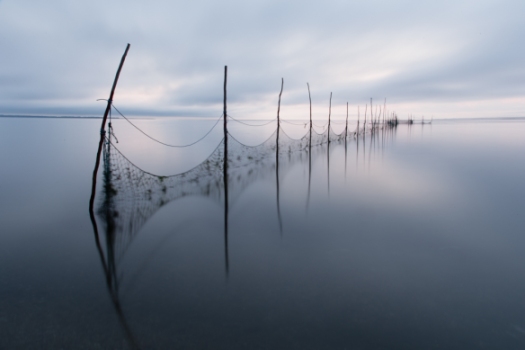If you’ve been following along with the Wednesday series of posts you will have worked on identifying the big why in your life, the purpose that pulls you forward and with that as a guide you can easily decide between the options that life puts in your path. Is this aligned with my values and support my purpose. Yes or no.
If you’ve done that you’re already ahead of the game.
If you’re like me, even with clarity around purpose you will still have an enormous amount of stuff to deal with and it’s easy to become bogged down to the extent that you’re not fully present and in the moment and as a result not doing your best work. it’s a sort of grey state that lacks the pop and punch of what you could achieve if you weren’t thinking about what you needed to prepare for your next meeting or what you needed to get from the grocery store and the multitude of other things that have our attention for much of the day.
How to handle this? A trusted system where you can park all of the things that you don’t need to be thinking of so that you can free yourself up to focus on what is important. Many of us have such a system for part of our lives – our calendar – and yet have failed to integrate other tools to manage the rest of the balls that we need to keep in the air. For many years now I’ve used David Allen’s ‘Getting Things Done’ (GTD) system which is truly an effective method for not only capturing what is going on in your universe but clarifying meaning and deciding on next actions. Click here for more about GTD and if you have a lynda.com subscription check out David Allen’s course here.
At the simplest ‘stuff’ is processed by asking the question ‘what is it?’ and then the follow up ‘is it actionable?’ If it’s not actionable then the path is to dump it in the trash, file as reference material or hang on to it (incubate) for possible action in the future. If it is ‘actionable’ the next question is ‘what’s the next action’ with an eye towards ‘what’s the desired outcome?’ Choices here are to:
* do it – if you are the right person to do the work and if it takes less than 2 minutes to handle
* delegate it – if you’re not the right person for the job
* defer it – if it will take longer than 2 minutes and this is not the appropriate time or if you don’t have the energy for that task
For the things that are deferred they get parked in one of a couple of buckets or action reminder lists. How these lists are set up should align with how you think about the world and how you work. Good starting points are:
* Agendas – topics for meetings with staff, etc.
* Anywhere – actions that can be done anywhere
* Computer – that require a computer
* Office – that require you to be in the office
* Waiting for – actions that have been delegated and you’re waiting for a response
* Projects – an active project list with embedded multistep actions
* Someday/maybe – a list of things to explore when you have the time and energy
I find that one place where it’s easy to get lost when starting this process is not drilling down to the level of the next action, the absolute next thing that needs to happen to move the project forward. We often think of things that need to be done at a macro scale for instance ‘Fix broken light’ is actually a project in the GTD methodology which in our house starts with working out whether we need to have an electrician to do the work, in which case the next action would be ‘call electrician RE attic light’ but could easily be ‘buy light bulb’ for more capable people.
While I’m not perfect in my implementation of GTD and often fall off the wagon, I know that getting back on is as simple as taking 30 minutes to list all the things that have my attention and dropping them into the appropriate lists.
You can engage with GTD at a number of levels, the more you use it the more you get more out of it. Using it at all will most certainly help you be present and do your best work.

